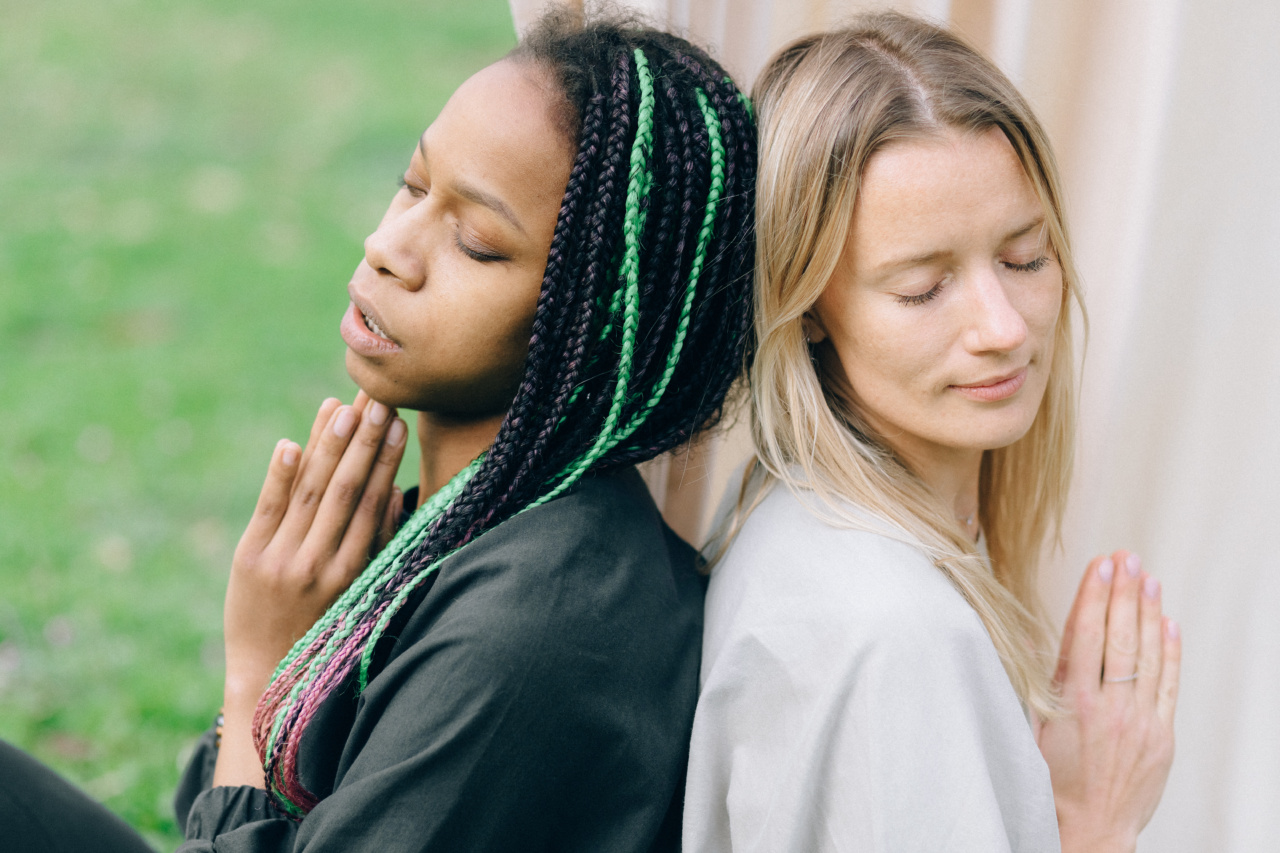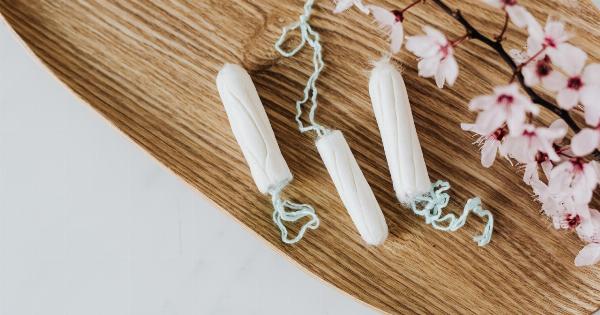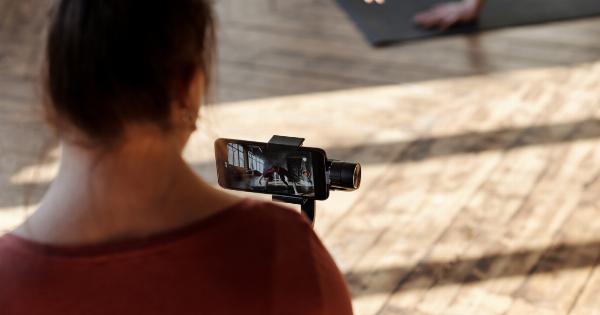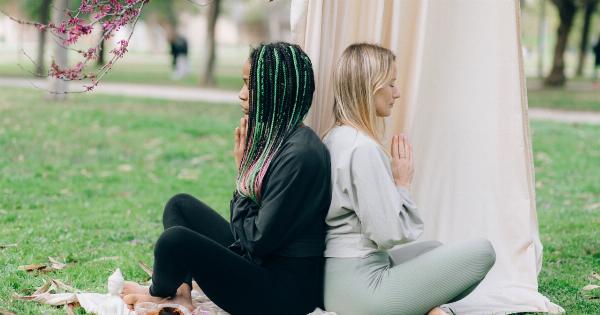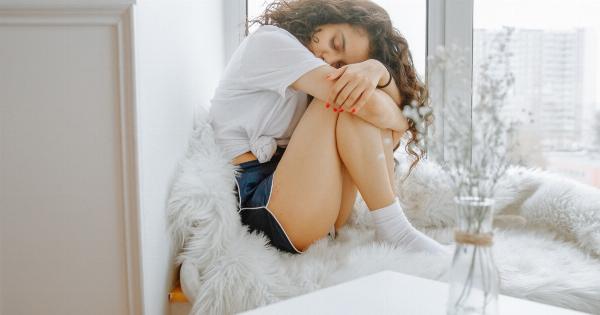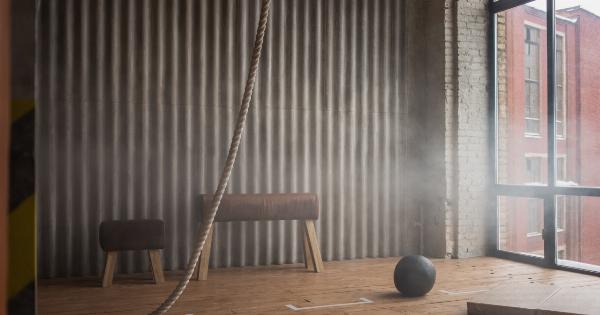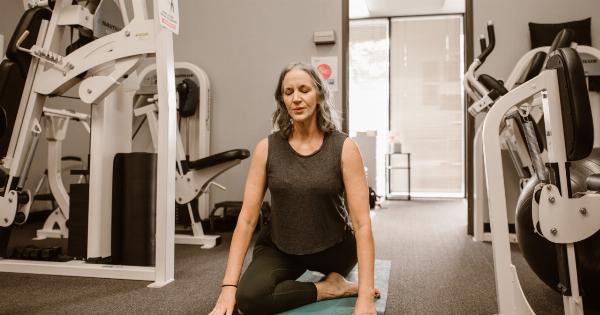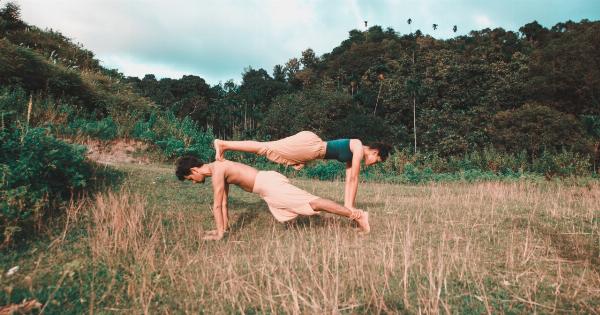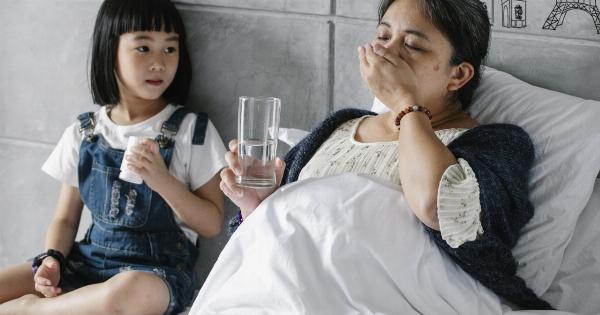Menstrual pain, also known as dysmenorrhea, affects many women during their menstrual cycle. The cramps and discomfort can be quite debilitating, making it difficult to go about your daily activities.
While pain relievers may offer temporary relief, many women are seeking natural alternatives to alleviate menstrual pain. Yoga, an ancient practice that combines physical postures, breathing exercises, and meditation, can be an effective tool in managing menstrual discomfort. Here are five yoga poses that can help ease menstrual pain:.
1. Child’s Pose (Balasana)
Child’s Pose is a gentle resting pose that helps release tension in the lower back and pelvic region. To perform this pose:.
- Kneel down on the floor with your toes together and knees hip-width apart.
- Sit back on your heels and lower your torso between your thighs.
- Extend your arms forward or by your sides, palms facing down.
- Relax your forehead on the mat and let your whole body melt into the pose.
- Breathe deeply and hold for 1-3 minutes.
2. Reclining Bound Angle Pose (Supta Baddha Konasana)
Reclining Bound Angle Pose is an excellent pose for releasing tension in the groin and hips, which can contribute to menstrual pain. To perform this pose:.
- Lie on your back with your knees bent and feet on the floor.
- Bring the soles of your feet together, allowing your knees to fall open to the sides.
- Place your hands on your belly or let them rest by your sides.
- Close your eyes and take deep, slow breaths.
- Stay in this pose for 5-10 minutes, allowing your body to relax completely.
3. Supported Bridge Pose (Setu Bandhasana)
Supported Bridge Pose helps relieve menstrual discomfort by stretching the lower back and stimulating blood flow to the pelvic area. To perform this pose:.
- Lie on your back with your knees bent and feet hip-width apart.
- Place a folded blanket or bolster under your sacrum.
- Press your feet and arms into the floor to lift your hips up.
- You can stay in this pose for 1-3 minutes, breathing deeply.
- Slowly lower your hips down and remove the support.
4. Standing Forward Bend (Uttanasana)
Standing Forward Bend is an invigorating pose that stretches the back, hamstrings, and calves. It also helps relieve tension in the abdomen and lower back, providing relief from menstrual cramps. To perform this pose:.
- Stand with your feet hip-width apart.
- Exhale and bend forward from the hips, placing your hands on the floor or grabbing opposite elbows.
- Let your head hang heavy, and feel the stretch in the back of your legs.
- Breathe deeply and hold for 1-3 minutes.
- On an inhale, slowly rise back up to standing.
5. Cat-Cow Pose (Marjaryasana-Bitilasana)
Cat-Cow Pose is a gentle, flowing sequence that helps relieve menstrual pain by massaging the reproductive organs and relieving tension in the back. To perform this pose:.
- Start on your hands and knees, with your wrists directly under your shoulders and your knees under your hips.
- As you inhale, arch your back and lift your tailbone and chest, creating a gentle backbend (Cow Pose).
- As you exhale, round your spine and tuck your chin towards your chest (Cat Pose).
- Move through these two poses for 5-10 cycles, coordinating each movement with your breath.
Yoga can be a great way to find relief from menstrual pain, but it’s important to listen to your body and modify the poses as needed. If a pose feels uncomfortable or exacerbates your pain, stop and consult a qualified yoga instructor.
Remember to always practice with mindfulness and breath awareness, as deep, intentional breathing can further enhance the benefits of these poses.
